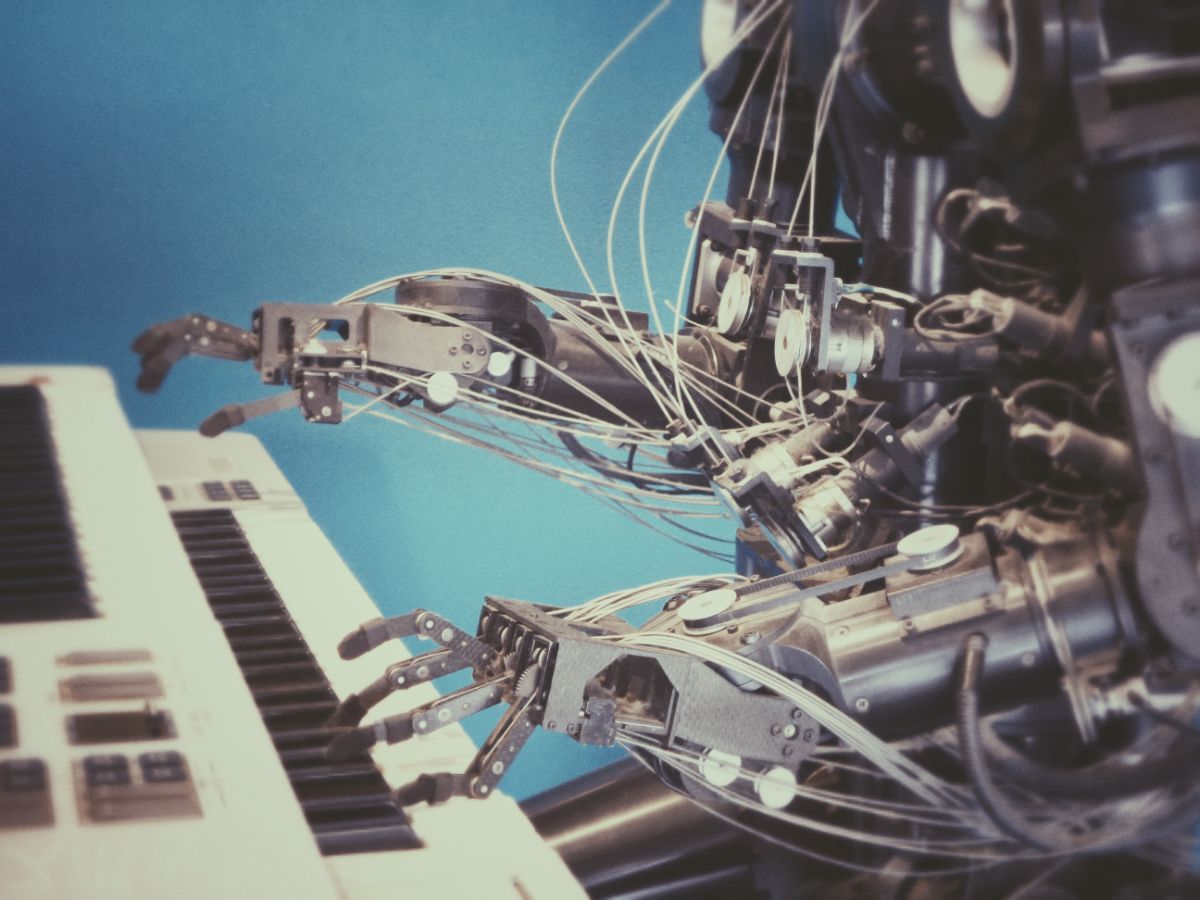Creative AI
Author: Hannah Fransen
Author: Hannah Fransen
While walking through the large halls of the Rijksmuseum you admire the large number of works of art hanging on the walls. Paintings that tell a story about the history of mankind; romantic landscapes, fought wars and the death of our forefathers that formed our society as it is nowadays. Each with their own story, style and colors brought to life thanks to human knowledge and the talents of the artist. But what if you were to find out that the painting you were admiring was made by creative artificial intelligence? Despite the fast development of artificial intelligence - that led to things such as your fridge telling you when your milk has expired, Alexa playing 'Despacito' for you and Siri giving you directions - the world of art remains mostly untouched.
Think, because in how far do we need to worry about the upswing of creative artificial intelligence?
The comparison between mankind and artificial intelligence was first made by Alan Turing in 1951. Turing came up with an experiment (the Turing test) to test whether artificial intelligence could pass for a human being. Although the Turing test is over 70 years old, only in 2014 artificial intelligence was thus programmed to be able to complete the Turing test. The programma, named Eugene Goostman, pretended to be a 13-year old boy to fool the human interviewer: a conversation with a 13-year old is of a different level compared to the conversation we would have with an adult. The experiment reached its goal. Turing argued that the completion of the experiment proves that there are robots or computers who can pretend to be human without humans realizing this.
To ask the question if robots can imitate human behavior in the fifties was fairly controversial. Especially because only in 2014 the experiment was completed by artificial intelligence in which the creativity of the programmer was actually central. This had to change according to researchers Bringsjord, Bello & Ferrucci. They compiled a list with criteria to test artificial intelligence on the basis of the most human characteristic. What is the most human characteristic? Right, creativity. To pass the test, the Lovelace test (2001), artificial intelligence has to be able to create something original. This means that the Lovelace test filters out manipulation from the programmers and tests for autonomic intelligence, in other words: artificial intelligence should be able to surprise his programmer.
Until today not a single artificial intelligence has been able to complete this test. Although there are many paintings, poems, music and movies all created by so-called creative artificial intelligence. What does this mean for the artists among us? There won't be a coup on the oldest and most romanticized human profession: the artist. However, whether we should think about the future and the possibilities of (creative) artificial intelligence? That is for sure. Albeit only to beat the Rembrandt Robots.

Robot playing a piano.
